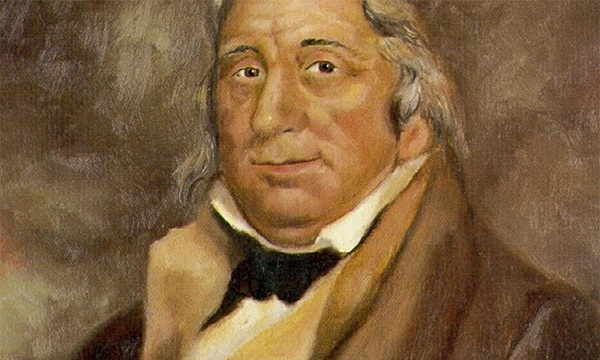By: AH1Tom
Peter Francisco, renowned as both the “Virginia Giant” and the “Giant of the Revolution,” is a figure steeped in legend and valor.
While concrete evidence supporting much of Francisco’s wartime exploits is scarce, the recognition he received during his lifetime and beyond lends credence to his remarkable feats. Commemorative stamps, numerous monuments erected in his honor, and designated memorial dates in four states underscore the impact of his actions.
Foremost among Francisco’s legendary feats is his alleged heroics at the Battle of Camden in South Carolina. Amidst the chaos of the American Line’s collapse, Francisco reportedly spotted a stranded American cannon threatened by British capture. Fearlessly charging into the fray, he repelled attackers and hoisted the 1,100-pound cannon barrel onto his shoulders, carrying it to safety. While historians have debated the plausibility of such a feat, the tale swiftly morphed into legend, culminating in Francisco’s inclusion in the United States postage stamp series commemorating Bicentennial Series “Contributors to the Cause” in 1976.
At the Battle of Guilford Court House in North Carolina in March 1781, Francisco allegedly single-handedly turned the tide of battle. A monument at Guilford Court House National Military Park immortalizes Francisco’s valiant efforts, celebrating him as “a giant in stature, might, and courage” who slew eleven enemy combatants with his own broadsword, thereby securing his status as one of the Revolutionary War’s most celebrated private soldiers.
While Francisco’s early life remains shrouded in mystery, accounts suggest he was of Portuguese descent and raised in the Azores. Abandoned at a young age on the docks of City Point, Virginia, Francisco found refuge and limited education under the care of Anthony Winston, a relative of Patrick Henry. When the American War for Independence erupted in 1775, the fifteen-year-old Francisco was apprenticed to a blacksmith. His sturdy build and acquired skills made him an ideal recruit for the Continental Army, and in 1776, he enlisted in the 10th Virginia Regiment.
Francisco’s military career was marked by numerous battles, including Brandywine, Germantown, and Fort Mifflin. Despite sustaining severe injuries, such as a debilitating thigh wound at the Battle of Monmouth, Francisco continued to distinguish himself on the battlefield. Notably, during General Anthony Wayne’s assault on Stony Point, Francisco allegedly played a pivotal role, storming the British fortification and capturing the enemy flag, though credit for this action was ultimately attributed to a French officer.
Beyond his battlefield heroics, Francisco’s adventures extended to a daring escape from British cavalry led by Banastre Tarleton. Evading capture, Francisco reportedly dispatched several of his pursuers, including a dramatic confrontation in a tavern where he overpowered his assailants and fled on a captured horse. Later that year, he rejoined Washington’s forces near Yorktown, Virginia, and witnessed Cornwallis’ surrender in October 1781.
Despite the lack of concrete evidence regarding Francisco’s exploits, his memory is enshrined in the annals of American history. Four states have designated March 15th, the anniversary of the Battle of Guilford Court House, as Peter Francisco Day, underscoring his enduring legacy. Particularly in New Bedford, Massachusetts, where a monument in his honor stands, Francisco’s memory lives on as a testament to his singular valor and contribution to American independence. As George Washington reputedly remarked, “Without him, we would have lost two crucial battles, perhaps the War, and with it our freedom. He was truly a One-Man Army.”

